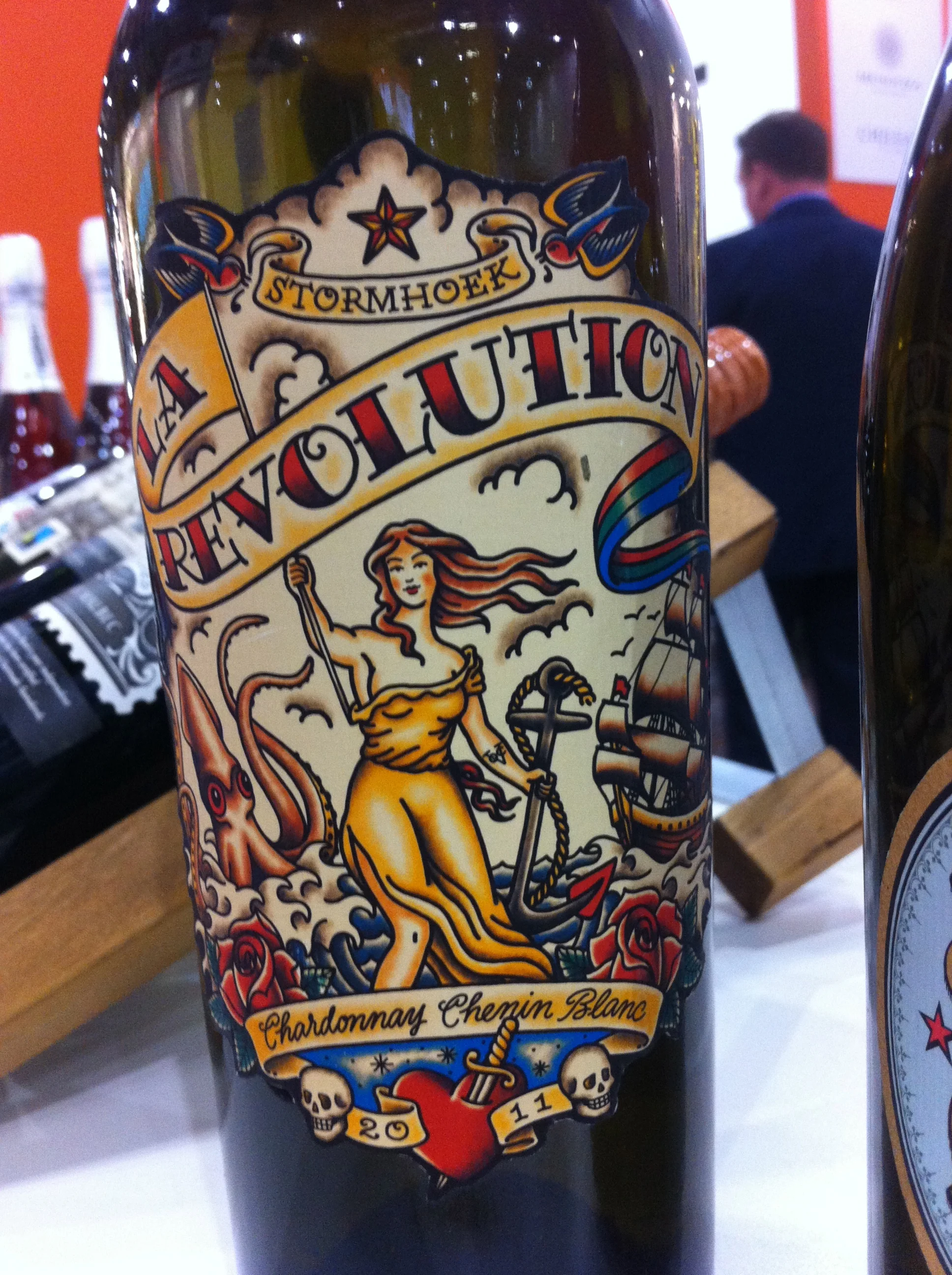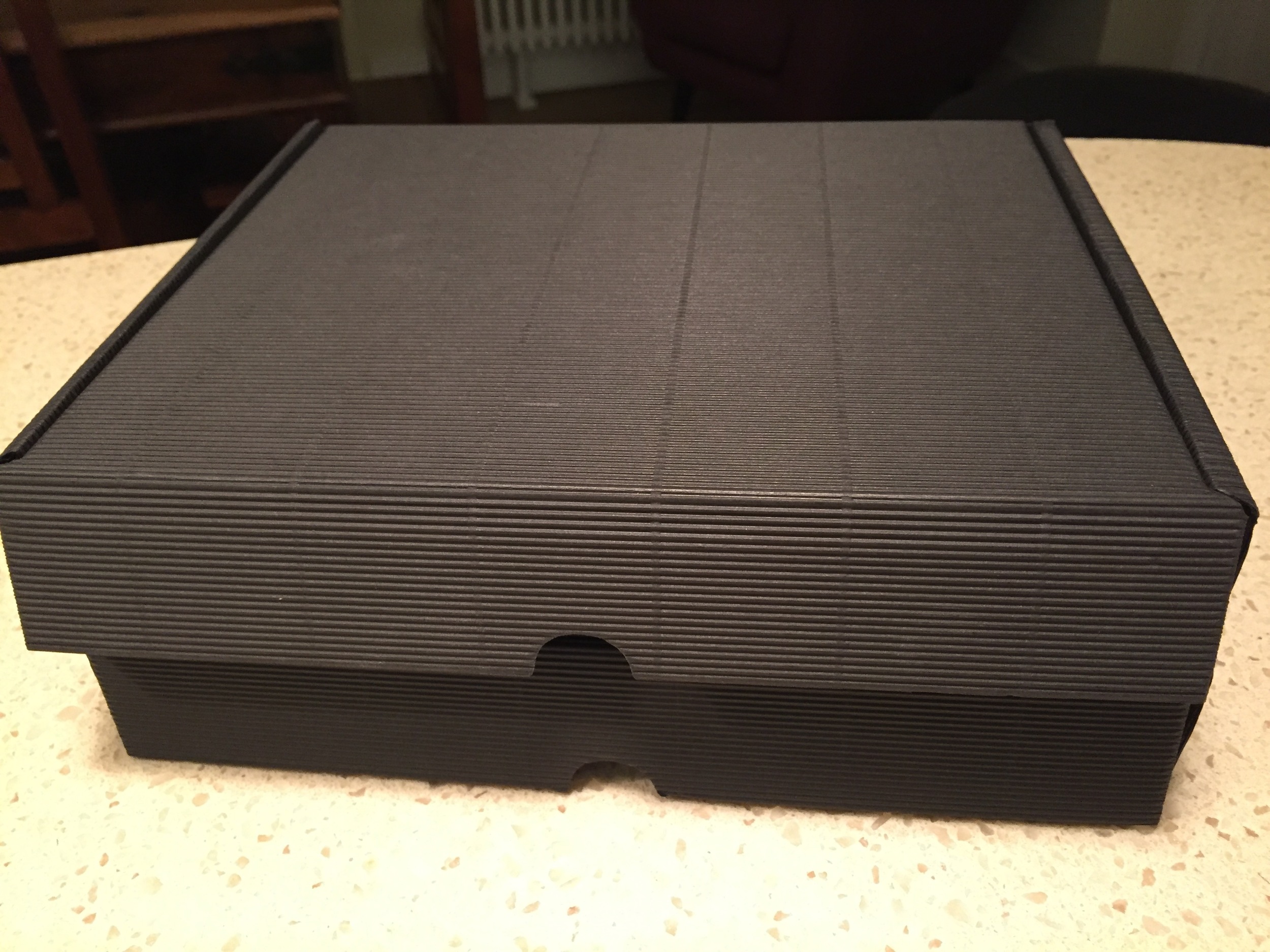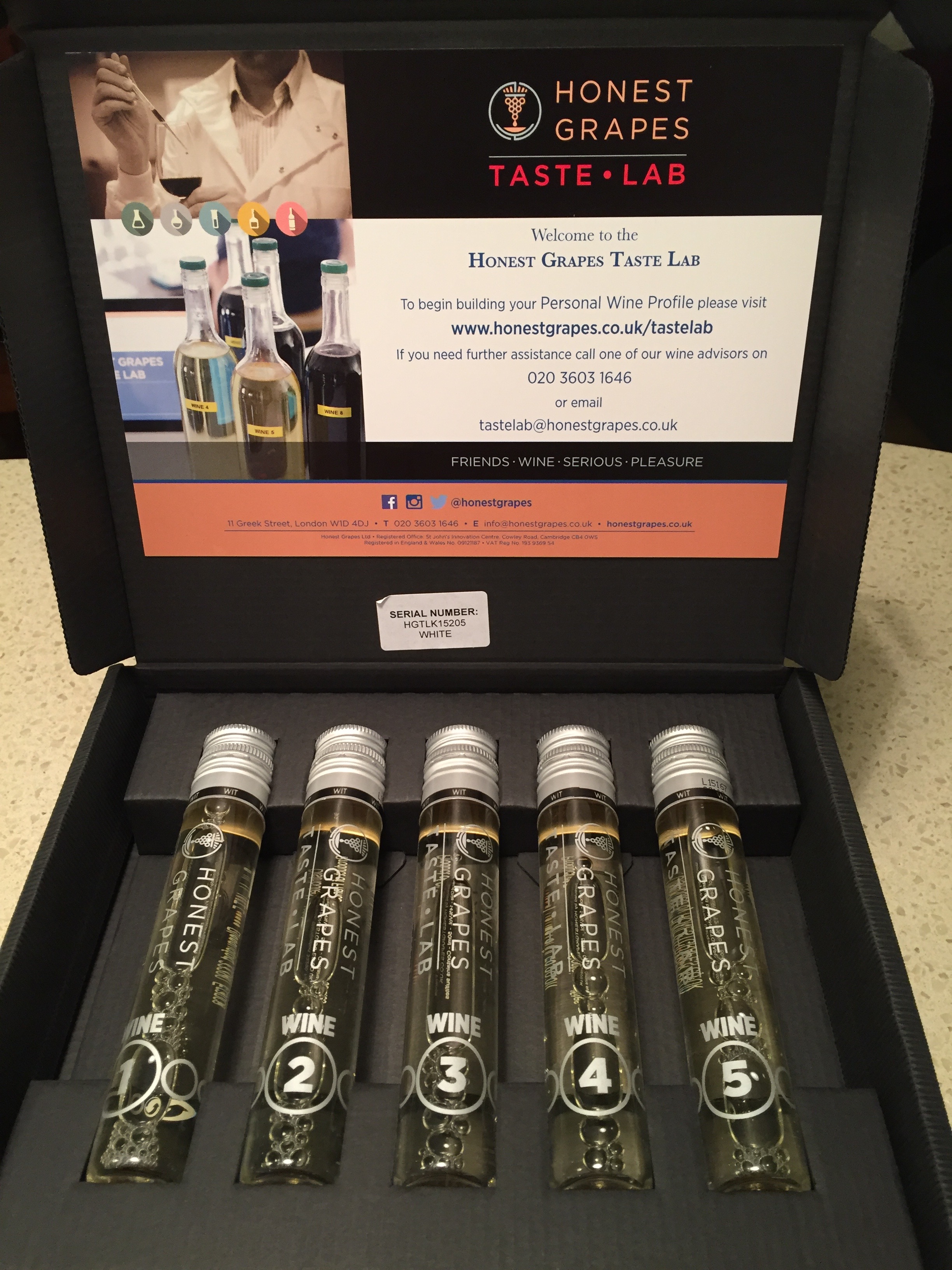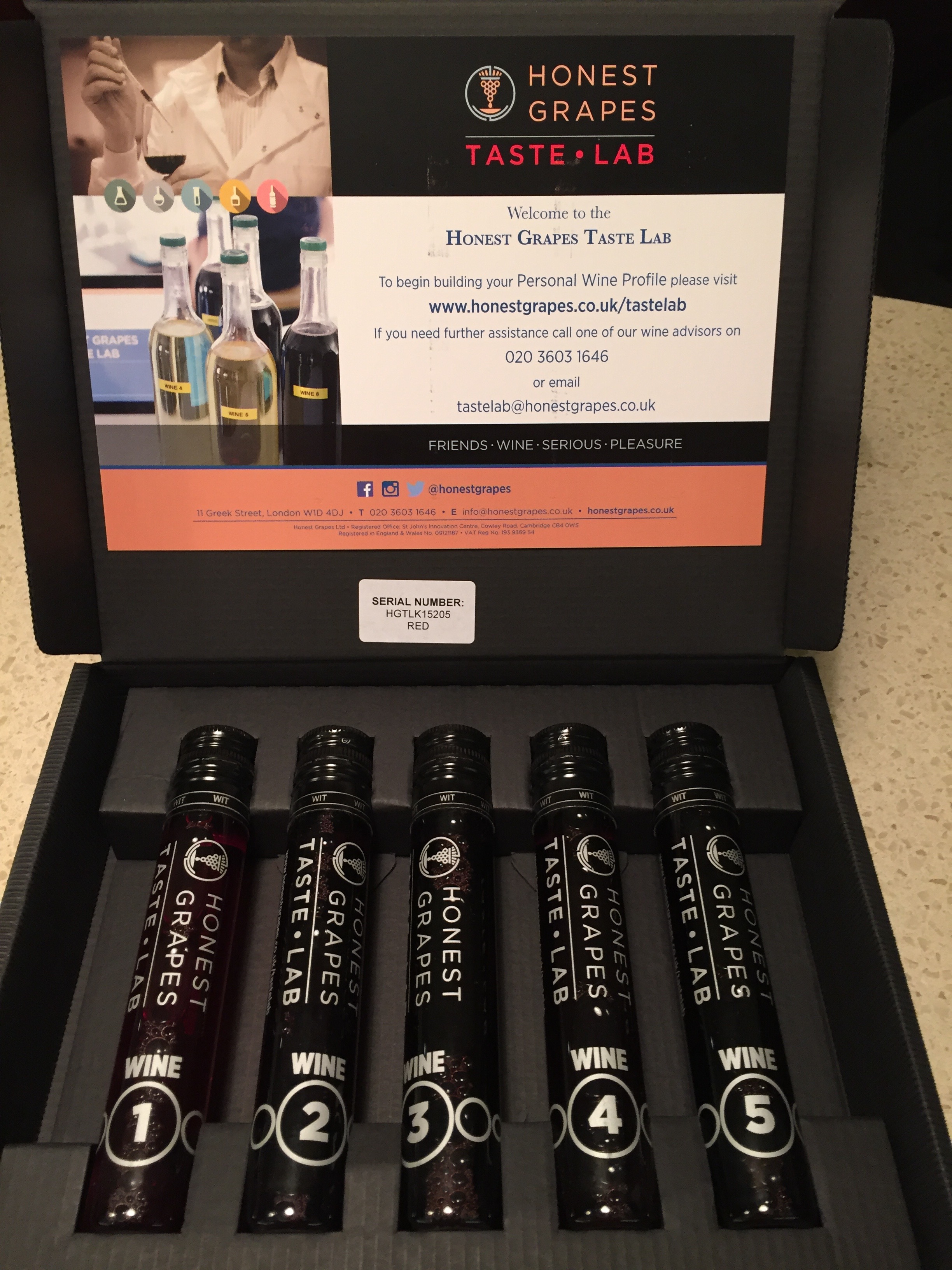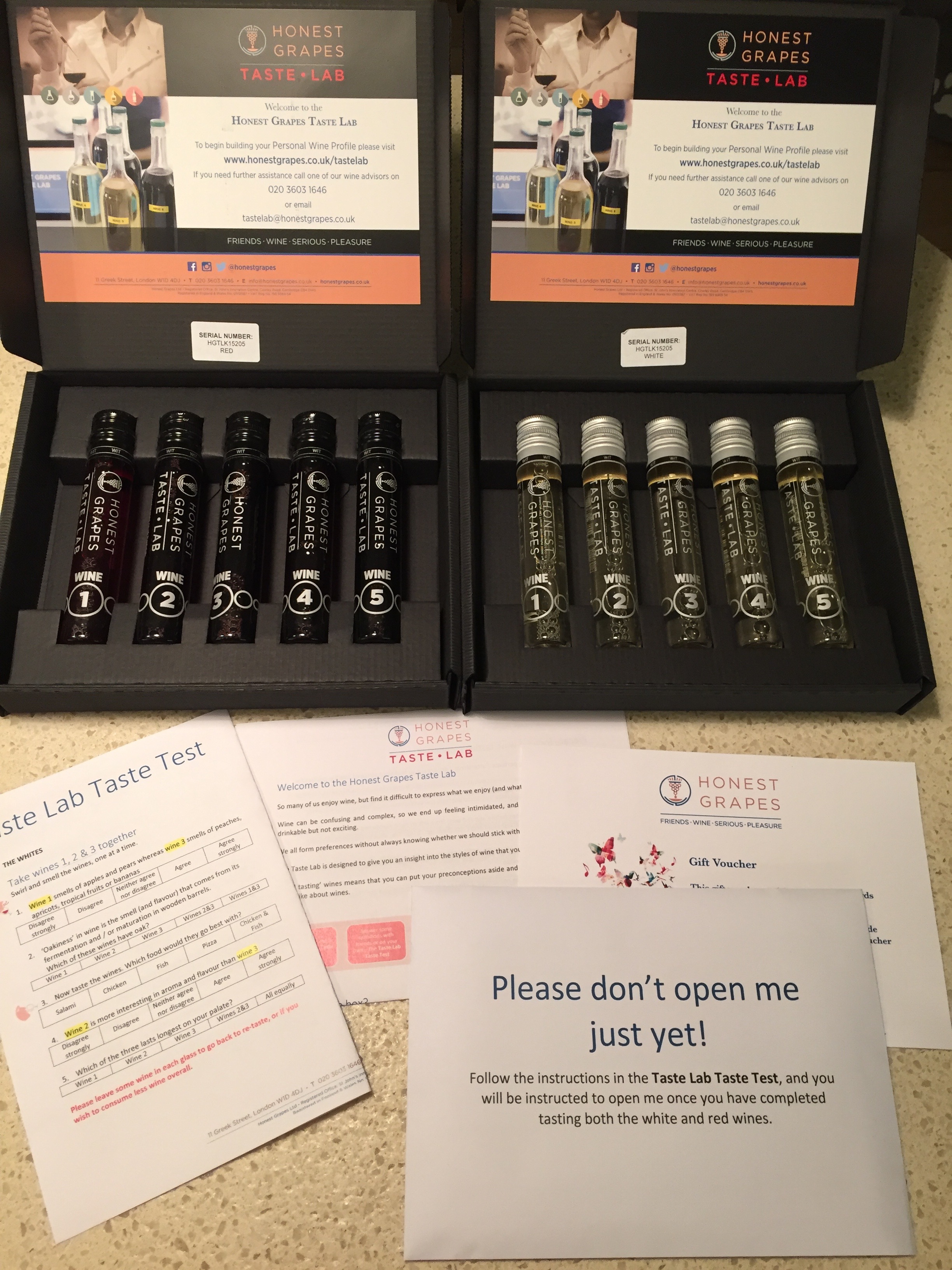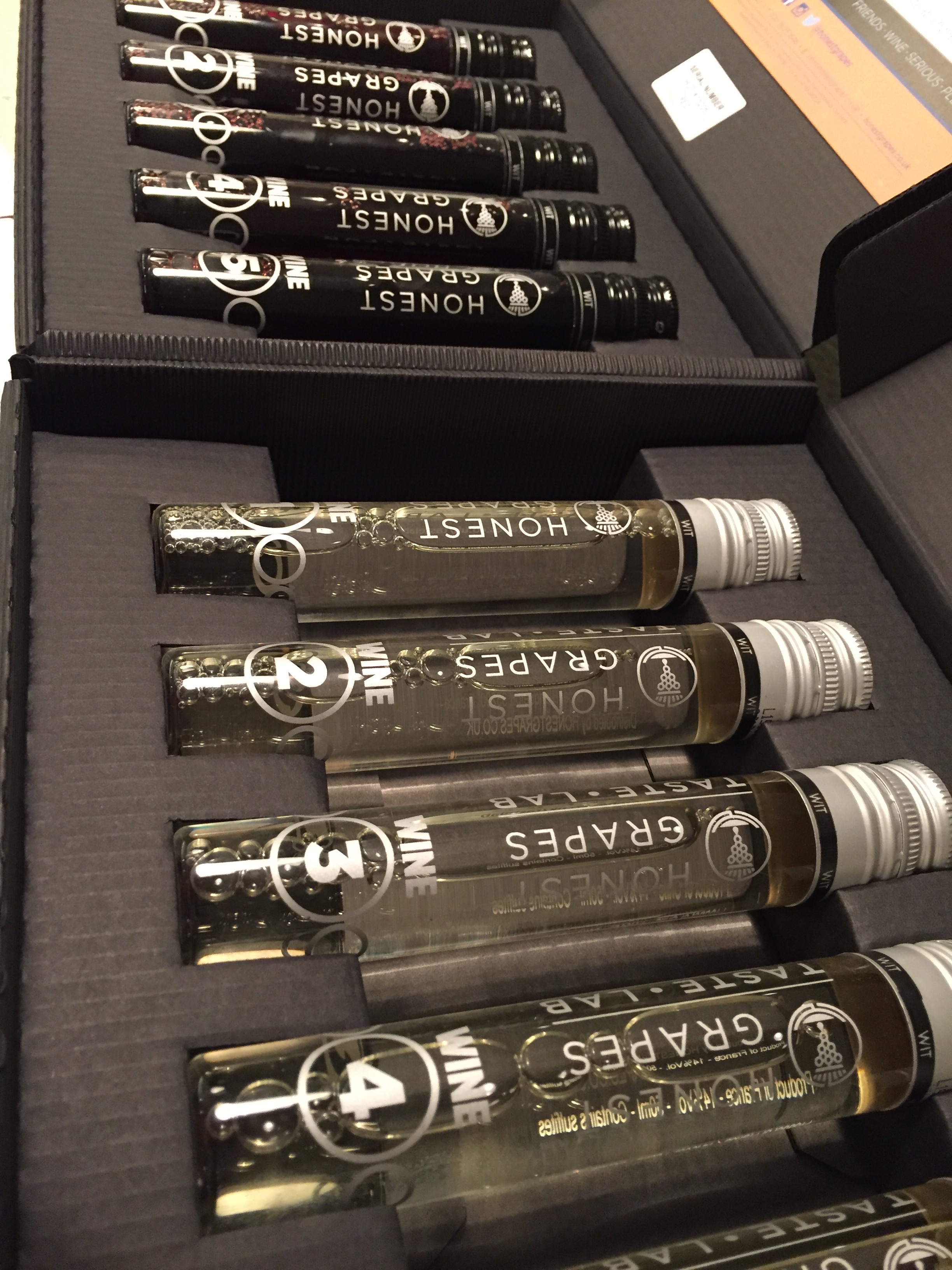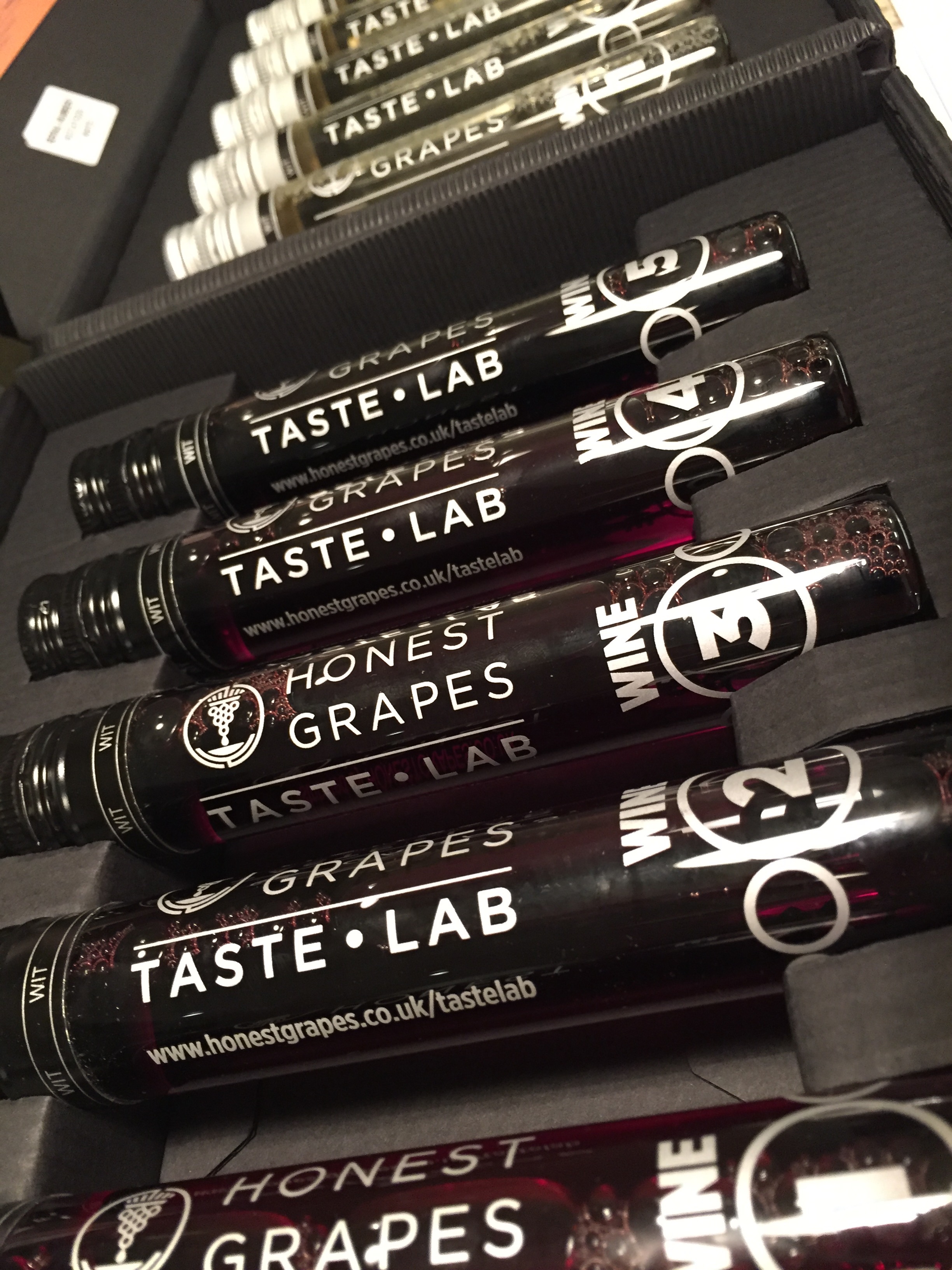New Zealand - The Lord of the Rieslings
/The world of wine has its rotation of darlings of the moment. Years ago it was the sickly sweet German Liebfraumilch, then the buttery oily Chardonnays followed by the often thin and tasteless Pinot Grigios. One of the more recent additions is New Zealand.
Hitting the shelves with as much oomph as the Lord of the Rings trilogy, the clever marketing folk at Cloudy Bay created an exclusive and high quality brand image that was backed by an interesting mouth-watering Sauvignon Blanc. The New Zealand version of the grape variety was much crisper and juicier than the French Sancerre version and often had a grassy/limey/capsicum edge to it. In a world of bland Pinot Grigios, these taste sensations had as big a wow factor as the special effects of Peter Jacksons trilogy. Limited availability meant this only added to the buzz and the desirability factor – New Zealand wine suddenly became very exciting and fashionable.
But it’s been some time since the Kiwi wines made their initial impact in the UK. Is popularity starting to wane? Are people looking for the next taste experience or fashionable region to take its place? Is Kiwi wine starting to head towards the big Black Tower in the sky?
Absolutely not. Many of the ‘one hit’ wonders mentioned already have been relatively one dimensional, often to the detriment of the wine region. Germany was solely focused on low alcohol very sweet whites for the mass market which has tainted peoples perception of German wines. To this day, this damage is still being felt. I brought a very nice bottle of German Riesling to a dinner party recently and as soon as people saw the funny label and learned where it was from, the facial expressions were being set to ‘grimace’. It was only when I was not force-feeding people to try it did they realise that it was probably not a prank and potentially very nice, And it was. Yes it was sweeter than other whites being sampled that night but the Riesling had gorgeous fresh acidity that provided the wine with excellent balance; very different from those German wines we guzzled in the eighties and nineties.
Of the recent public favourites, Australia has been facing some criticism in the press for not moving with the times. The trademark full bodied and [often] high alcohol Shiraz and oily Chardonnays are still very much in full view on supermarket shelves (though more up market offerings are moving with the times). The British public are apparently more concerned about their alcohol intake and are growing wary of wines with alcohol levels in excess of 13%. Many Aussie reds are well in excess of this with 14.5% being more like the norm. Much of this alcohol is as a result of the sugar generated in the berries because of the extreme Aussie temperatures and managing this while still producing a wine with balance is incredibly difficult.
You could quite rightly state that New Zealand is at risk of becoming a one [or two] trick pony with its lead characters being zingy Sauvignon Blanc and spicy Pinot Noirs. They have been star performers but we are easily bored; we need variety in our lives. Does New Zealand deliver this? It does. In fact the wonderful Pinots and Sav Blancs are only the first instalment in the blockbuster that is the Kiwi wine trilogy.
The second instalment is all about regionality. The Kiwis are very proud of the distinct characteristics of their wines that make them unmistakably NZ. More often than not even novice winetasters can pick out a Kiwi wine in a blind tasting. But some of the winemakers there are looking to impart a sense of local terroir to give them that additional complexity. How this is handled is very important; it is vital that there still is s distinct New Zealand style to the wines. After all that is what has made them incredibly successful. A number of years ago I visited one of the most famous Pinot producers in Marlborough. It was on this very site that I fell in love with Kiwi wines and an event that started a particular fascination for Pinot Noir, one of the most difficult grapes to make good wine with. When I went to the cellar door I was giddy as a school boy on Christmas morning – I could hardly contain my excitement. The I tasted the wine. That New Zealand Pinot Noir with its powerful fruit structure, hints of spice, and excellent balance with soft round tannins was gone. If I’m being honest, it tasted like they had added water to the wine I had drank there previously meaning the characteristics were significantly less pronounced. The wine was actually very boring. Seeing my shocked expression, the host thought this was surprise at how wonderful their wine was. “I know what you’re thinking”, she proudly proclaimed, “just like the great wines of Burgundy in France!” She couldn’t have been further from the mark.
While imitation is a form of flattery, in this case it really wasn’t. Instead of producing some of New Zealand’s best and exciting Pinot Noir they decided to make something no better than very cheap French table wine. Oh, but charged 10 times the price. Why??? We’re in New Zealand at an award winning winery noted for their full, complex Pinot Noirs and they are proudly serving Ribena light. Also, pardon the obvious but if I would have wanted to taste French Pinot at a winery I could have achieved that with a few hours on a train rather than a day stuck on a 747 with screaming kids, snoring parents and dodgy movies to pass the time. The French also do the French style significantly better than other nations.
Thankfully, this copycat mentality did not catch on. Kiwi winemakers are very proud of their product and are looking to improve its complexities and ageing potential rather than mimic what other regions produce.
One excellent example of this focus on regionality is being spear headed by Villa Maria. One of the largest producers and exporters of New Zealand wines they have recently begun showcasing wines from individual vineyards which indeed have a distinct flavour of the local terroir. They have taken Pinot and Sav Blanc, and produced wines with interesting individual nuances that reflect the soil and climate of the region they hail from while remaining unmistakably Kiwi. What is astonishing is how varied the tastes and textures are from plots of land that are on some cases only a hop, skip and a jump away from each other. It’s obviously much harder work producing wines from single vineyards but the results are well worth the effort. Villa Maria recently held a very interesting tasting event that involved a blind comparison between their wines and the main Old World players. This included France for their Sav Blanc and Pinot. The results were impressive; not only were the Kiwi wines the general winners on the night, when the price of Old and New world wines were compared, the Kiwis were always cheaper and usually significantly so. In most cases you could pick the Kiwi wines from the Old World version but New Zealand tended to be more interesting and complex and significantly better value.
The third and probably most spectacular instalment of the trilogy is a bit of a ‘card up the sleeve’ of NZ. While the World has marvelled at its Sauvignon Blanc and Pinot Noir, the Kiwi’s haven’t been resting on their laurels. Instead they have been working hard to exploring new potential wine regions and experimenting with other grape varieties. The results are very exciting.
Chardonnay has been established for some time now and the New Zealand style is very different to their Aussie neighbours; the cooler climate leads to lighter style wines that are elegant with little oak. Also expect some fresh green notes and tinges of minerality. Many of us that are generally not Chardonnay drinkers are pleasantly surprised at how delicious the New Zealand versions are.
Next up is Syrah [aka Shiraz]. Again the cooler climate leads to wines with more complexity and layers than those from hotter climates. One of the most exciting regions for producing Syrah and other Bordeaux blend reds [Merlot and Cabernet Sauvignon] is a region called Gimblett Gravels. This may sound like a region somewhere in the depts. Of Mordor but actually it is in Hawkes Bay on the East Coast of the North Island. Up to the late 1980’s this was regarded as the worst piece of land in the area, not fit for growing crops or grazing sheep – the only use the land had was for mining gravel. It amused the locals no end when people started planting grapes on this barren and stony land but it was the innovative and slightly daft vineyard owners who had the last laugh. After some fine tuning the area was found to produce wines of exceptional flavour and complexity, the hostile soils making the vines work ridiculously hard to produce fruit which would be low yielding and full of flavour. In many peoples opinion, this is potentially the holy grail for wine production that could rival or even [dare we say] better the examples coming from Bordeaux.
Back to the white wines, Riesling is fast becoming an established wine from New Zealand with styles to suit all palates. In hotter parts of the country such as Central Otago, the Rieslings have a more mineral, flint character often with that trademark petrol smell. In cooler climes such as Marlborough, Rieslings tend to be fruitier, and sweeter with fresh acidity. In our big Kiwi tasting we were surprised to find that there was a Riesling to suit all tastes, even for those who originally classified themselves as Riesling-haters.
Completing the set are two more white wine varietals; Gewürztraminer and Pinot Gris. Both of these wines vary in style significantly between producers with the key difference being levels of sweetness. Expect the traditional aromas of Lychees and Turkish Delight with the Gewürztraminer but with more fruit and a fresher style than the Old World versions. The Pinot Gris varied more dramatically with some versions being a more interesting take on Pinot Grigio with others rich and syrupy.
And if you’re looking for a sequel [if they exist where there is a trilogy] the left fielder to keep an eye out for is Kiwi dessert wines. Last time I visited NZ and did a cellar tour I was absolutely blown away by their pudding wines – an intense experience where fruit, sugar and acidity are in perfect balance. But for many years we have been denied access to these little bottle wonders because of EU regulations on alcohol levels. But after 15 years of relentless campaigning the EU has been convinced [finally] that we are old enough to take care of ourselves and a green light ha been giving to import them into the UK. Halleluiah.
So we come to the end of our journey around the wines of New Zealand. A voyage less harrowing than Mr. Frodos and a lot more fun to be a part of than fighting ugly looking wart covered monsters. If you want to do that I suggest you try our local Walkabout on a Thursday night.

